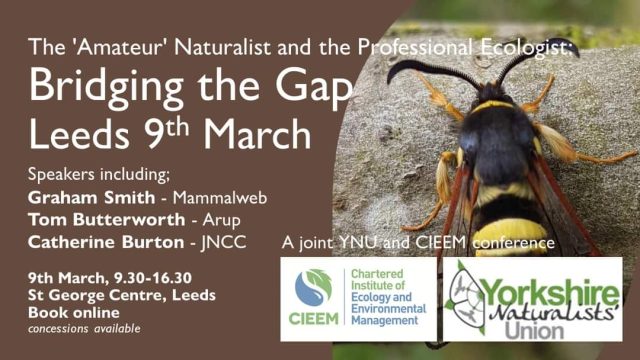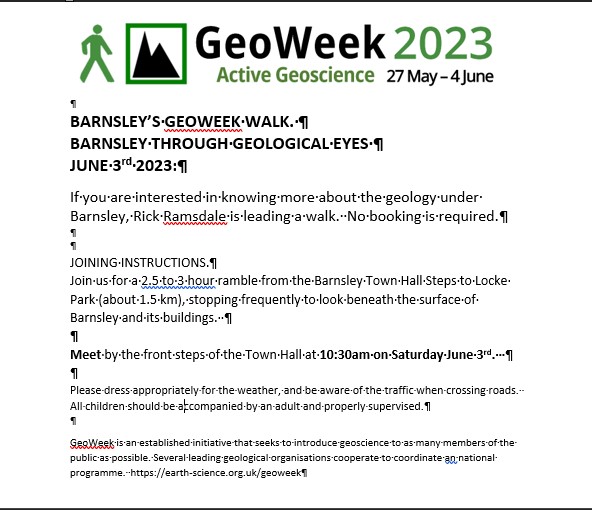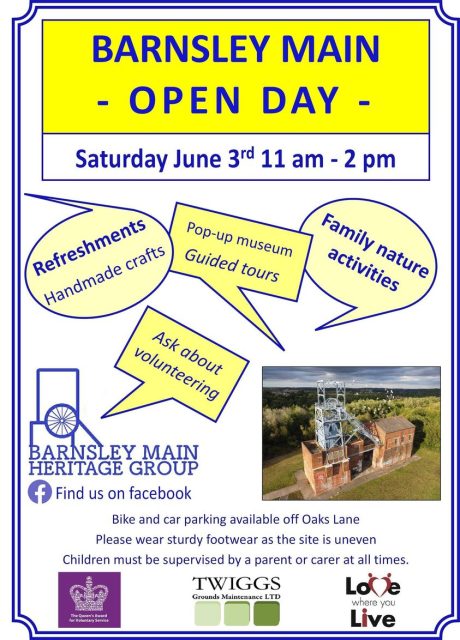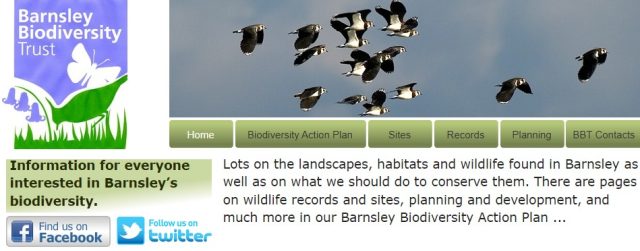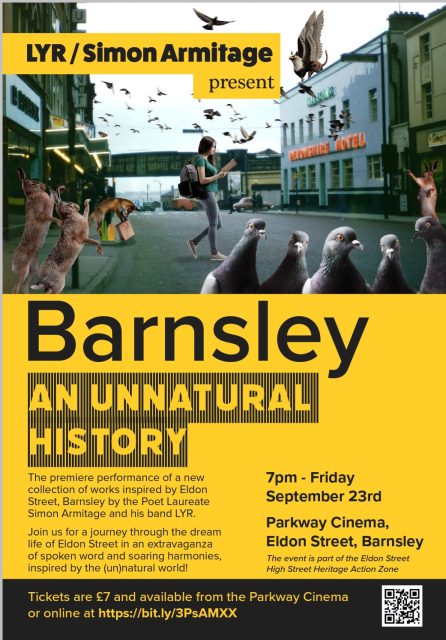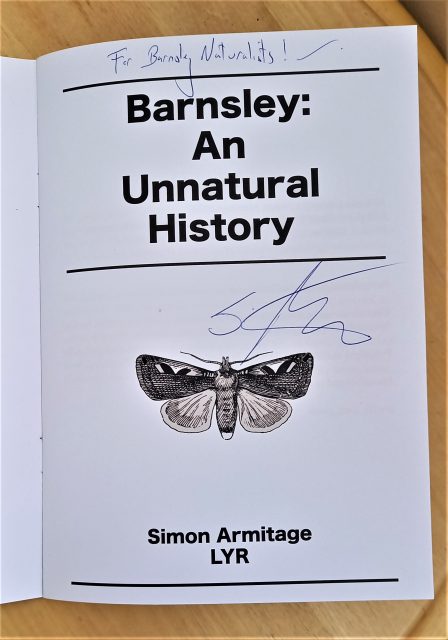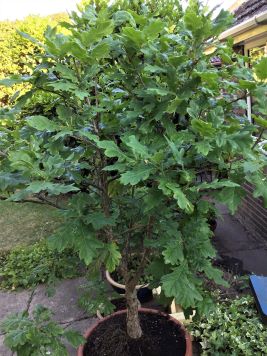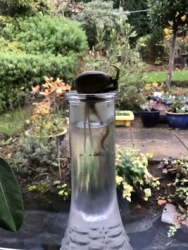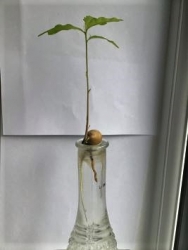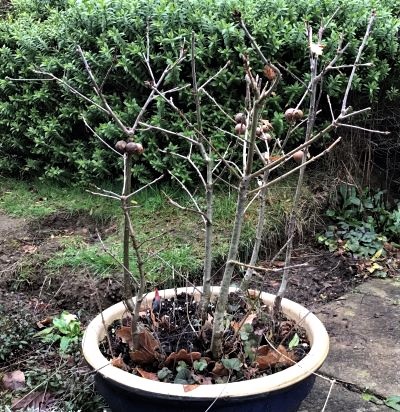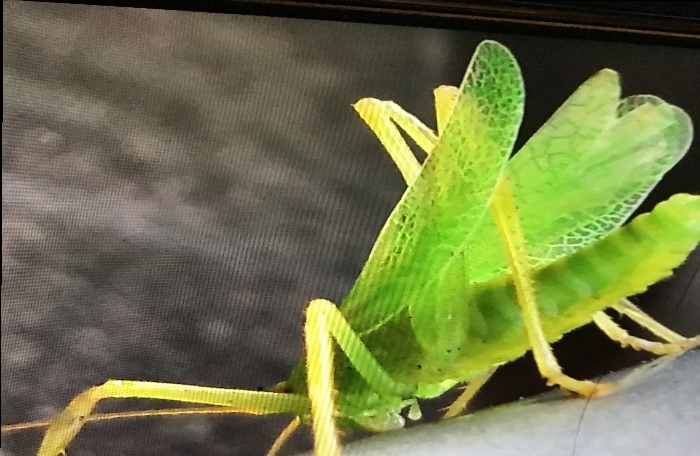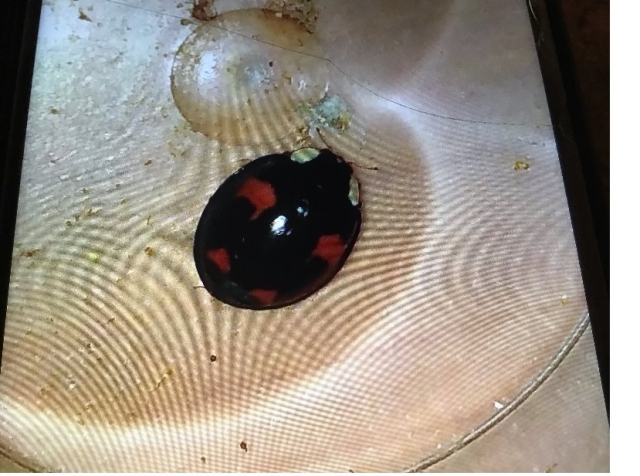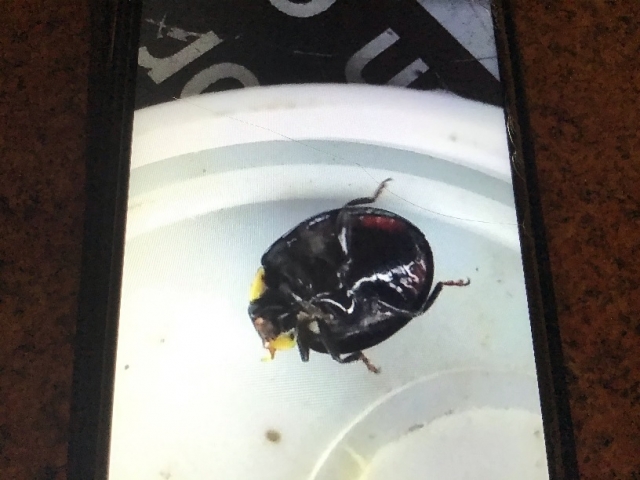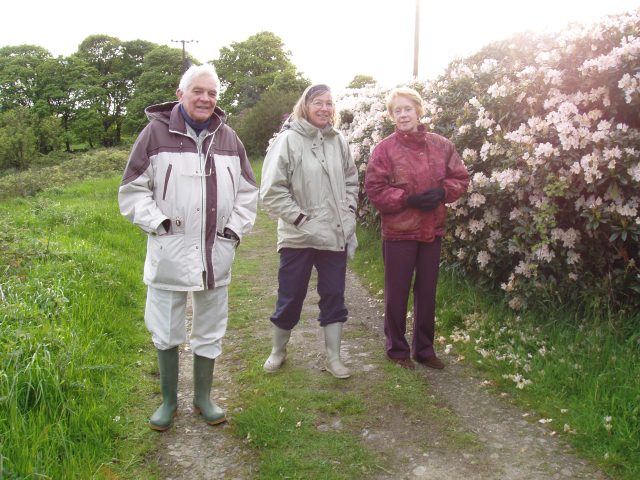
Tony Hindley, former President, Secretary and a Honorary Life Member of Barnsley Nats, has recently died. His funeral – ‘a celebration of a life well-lived’ was held in a packed Cawthorne All Saints Church on Tuesday 2nd April 2024.
Tony was a longstanding member of the Society, joining as a young man; he stepped down as secretary when he was 80 but carried on coming to meetings —the dapper gentleman at the back— until he became too frail. He made a surprise appearance with his wife Cynthia at the Christmas Social in 2022 .
Annefie and I saw him just before this last Christmas, full of stories of Barnsley Nats over the years. As a young teacher in Barnsley he taught a number of pupils who became members of Barnsley Nats.
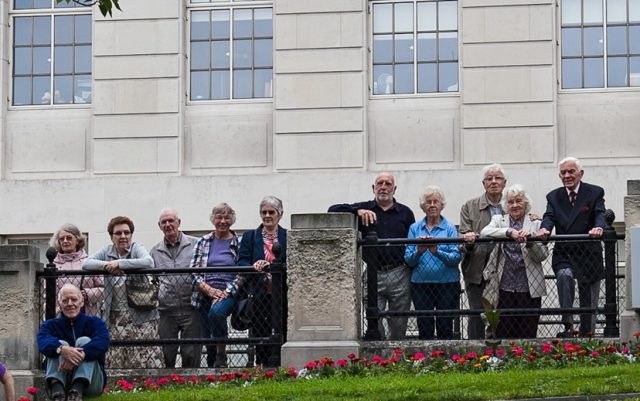
Tony Hindley (on right) at the Barnsley Naturalist & Scientific Society 150th Anniversary in 2017
In 2017 he joined the 150th anniversary celebrations of Barnsley Nats. In 1958 he was photographed as a 30 year old at a presentation to Ralph Atkinson on Ralph’s 21 years as secretary.
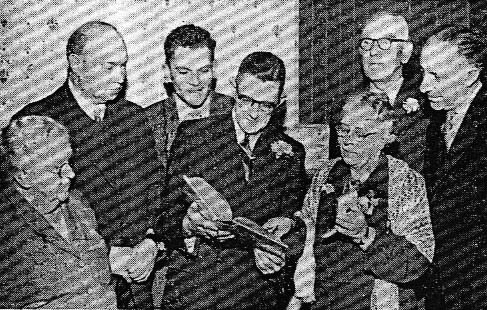
Our thoughts are with Cynthia, friends and family.
Peter Roberts

